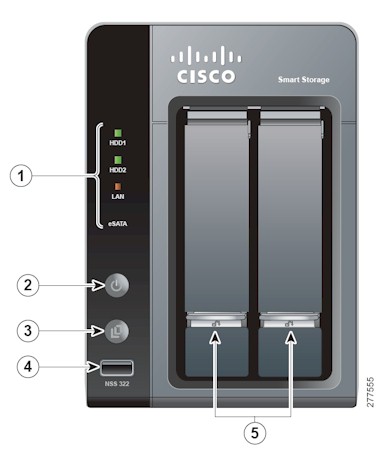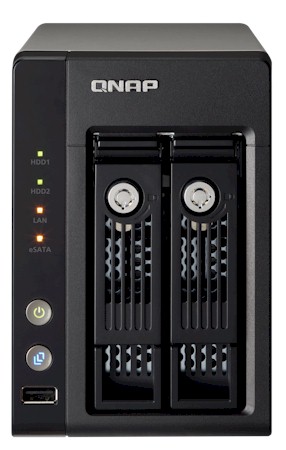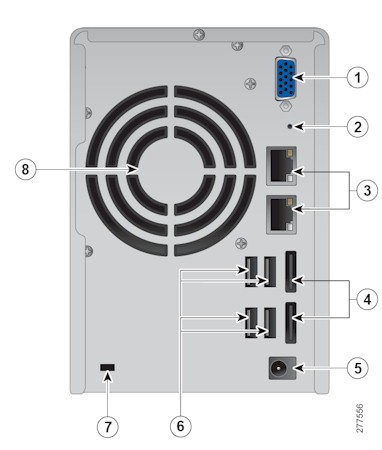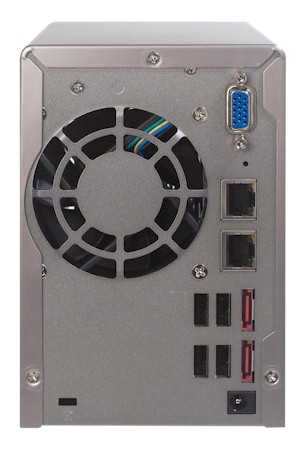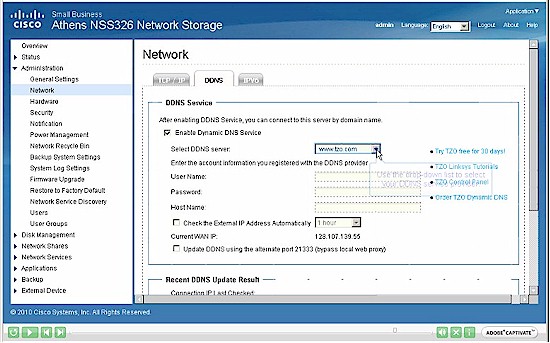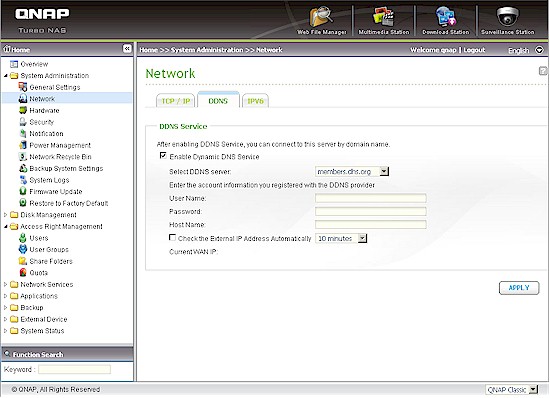Updated 6/15/2010: Cisco confirmed that QNAP is their OEM partner for the new NSS 300 line.
When I wrote Wednesday’s story about Cisco’s announcement of its new NSS 300 Small Business NAS line, it did occur to me that the products looked very familiar.
But Cisco made no mention of a partner in its press release and there were no related announcements by the logical suspects. However, when folks started talking about QNAP’s possible linkup with Cisco in the Forums, I figured I’d take a closer look.
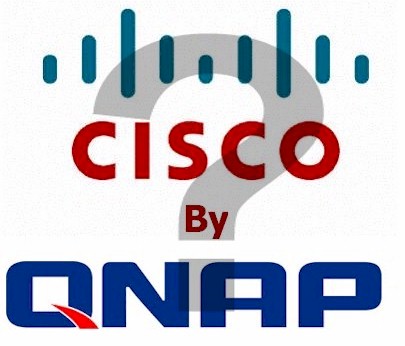
Search turned up two news reports that specifically mentioned QNAP, but gave no source for the information. Beth Pariseau’s story at SearchSMBStorage.com said "The products are based on hardware and software from QNAP Systems Inc.". While Paul Shread of EnterpriseStorageForum.com was a bit bolder saying, "Cisco has partnered with QNAP on the Linux-based systems…".
I’ve asked both QNAP and Cisco for comment and haven’t yet received any and, frankly, don’t expect to. OEMs tend to be a touchy subject, especially for market leaders like Cisco, and the OEMs themselves are certainly contracturally-bound to keep their corporate pie-holes shut.
The Evidence
But the physical evidence certainly presents a strong case for QNAP’s involvement in Cisco’s "new" product line. Take, for example the two-bay Cisco NSS 322.
Figure 1: Cisco NSS 322 front panel
It’s pretty obvious that its front panel is uncannily similar to the QNAP TS-259 Pro‘s in Figure 2, down to the backlit power and "one-touch" copy buttons. Cisco has opted for cleaner-looking solid fronts for the drive trays. But I wonder if aesthetics is taking priority over function, since QNAP’s drive tray fronts allow for more airflow through them.
Figure 2: QNAP TS-259 Pro front panel
I’m sure that Cisco has done their homework here. But the reduced airflow could cause the fan to run faster to compensate, resulting in a bit more noise for the NSSes.
A look at the back panels is just as convincing. Figure 3 shows the 322’s rear panel and Figure 4 the TS-259 Pro’s.
Figure 3: Cisco NSS 322 rear panel
The fan grilles are different. But the connector complement and placement is exactly the same. Even the screws are in the same places in both products.
Figure 4: QNAP TS-259 Pro rear panel
If you need further convincing, download the NSS series admin guide and compare the admin GUI structure and details to QNAP’s online simulator. Figure 5 shows a screenshot of the Network > DDNS screen, taken from one of the online instructional videos (you need to register with Cisco to access them).
Figure 6 shows the same screen on the QNAP simulator. You may need to open the larger versions of each screenshot to fully explore the two. The similarities are pretty clear, as are the differences.
Figure 5: Cisco GUI DDNS page
At the top of the screenshot, Cisco has opted to put Application selection in a drop-down menu, instead of the always-visible icons that QNAP uses. Also note that Cisco moved the Status menu to the top spot, while QNAP has it on the bottom.
Figure 6: QNAP GUI DDNS page
Figure 5 happens to show TZO.com as a DDNS provider, an option not available with QNAP. Note also that QNAP’s Access Right Management menu item has been removed and its components moved to other menus in the Cisco interface. Users and User Groups have been moved to the Administration menu, while Share Folders in the QNAP interface get their own top-level Network Shares menu in Cisco’s GUI.
Since QNAP uses similar styling for many of its products, we need to look at the NSS hardware specs to find the likely QNAP equivalents. Cisco specs an "Intel 1.66 GHz dual-core Atom processor with 1 GB memory" on all models, which would indicate a D510 Atom processor. That makes the equivalent QNAPs the TS-259 Pro, TS-459 Pro and TS-659 Pro.
I’ve tested both the TS-459 and TS-559 Pro and measured RAID 5 file copy write performance of 85 and 104 MB/s, respectively. I’d expect similar performance from the NSS 300’s.
Conclusions
I’m glad to see that Cisco is finally fielding some NASes that are not a generation or two behind other vendors’ offerings. But I’m disappointed that they had to buy their way into the market, rather than put their considerable technical expertise to work to develop their own NASes.
But given that EMC and NETGEAR took similar approaches with Iomega and Infrant, its probably a good business move for Cisco. But wait, EMC and NETGEAR bought their NAS technology suppliers. So maybe we haven’t yet seen the final chapter in this story.

